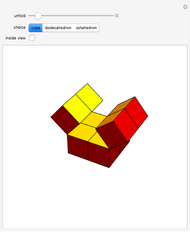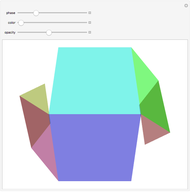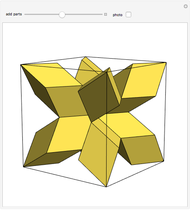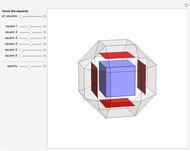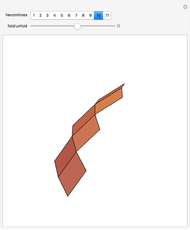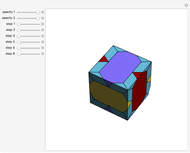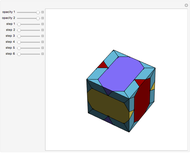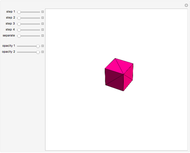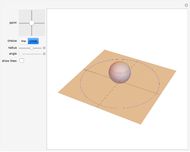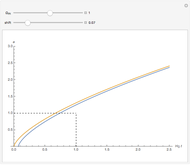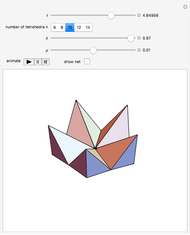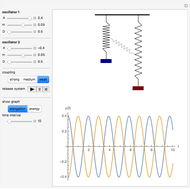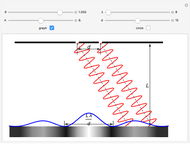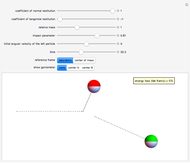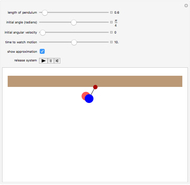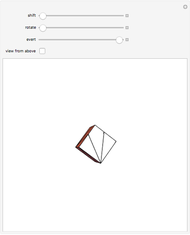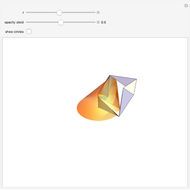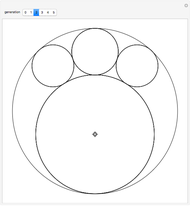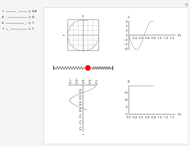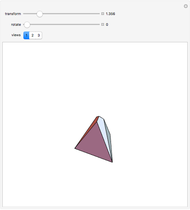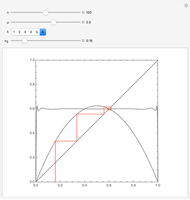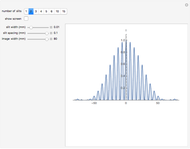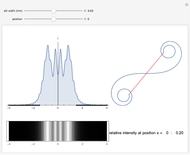Metamorphosis of a Cube

Requires a Wolfram Notebook System
Interact on desktop, mobile and cloud with the free Wolfram Player or other Wolfram Language products.
Paul Schatz (1898–1979), a German engineer, invented this fascinating transformation of a cube. The cube is separated into three parts of equal volume, two of which have the same shape (Schatz called them "Riegel", meaning latch or bolt); they contain opposite vertices of the cube. The third part (called "Gürtel", or belt), consists of six rectangular tetrahedra, where adjacent ones have a common edge. The tetrahedra form a kaleidocycle, which means that it can be transformed so that the inside can be turned to the outside and vice versa. Paul Schatz called the cube "umstülpbarer Würfel" which means an eversible cube.
[more]
Contributed by: Hans-Joachim Domke (January 2009)
Open content licensed under CC BY-NC-SA
Snapshots
Details
There is a lot of material available about Paul Schatz and kaleidocycles, such as [1].
Reference
Permanent Citation
"Metamorphosis of a Cube"
http://demonstrations.wolfram.com/MetamorphosisOfACube/
Wolfram Demonstrations Project
Published: January 8 2009







